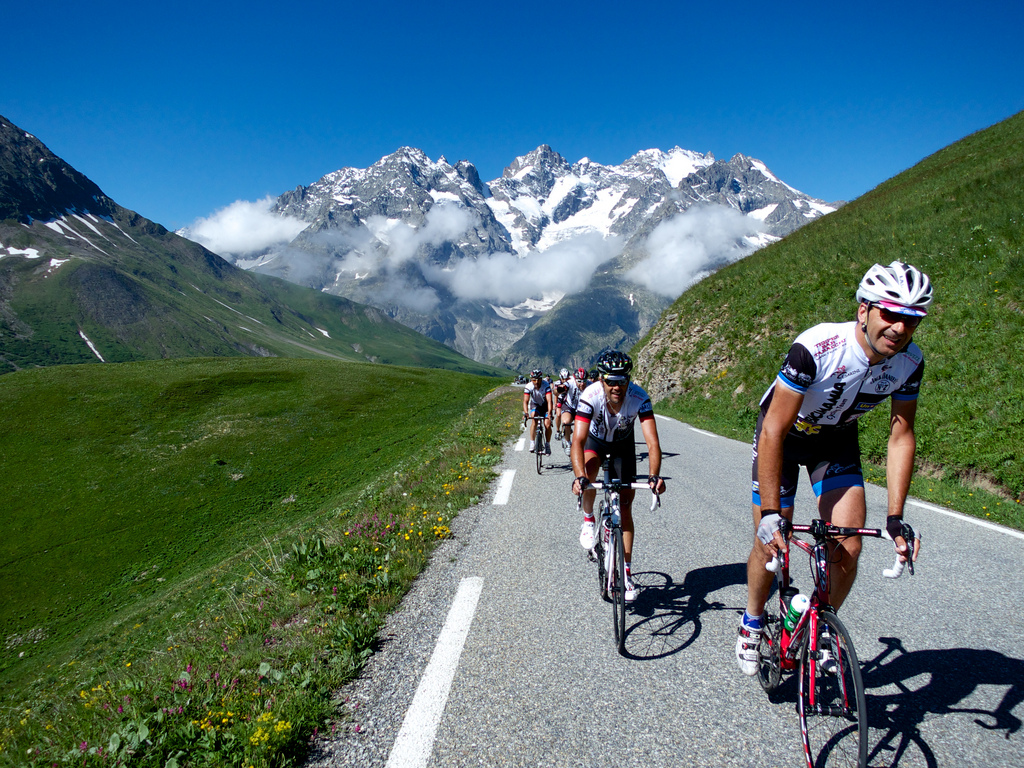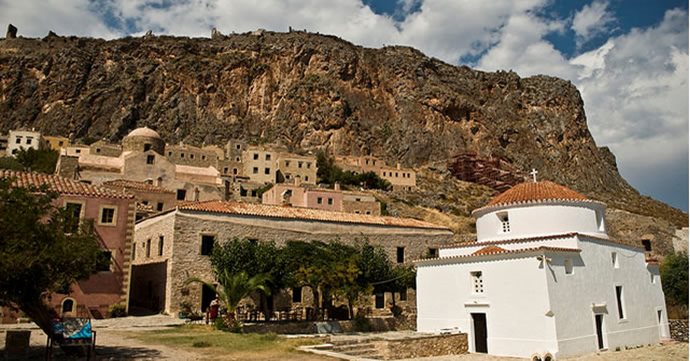Australia is one of the most beautiful places in the world. Therefore, camping and travelling are both pastimes in a country that is known for its Gold Coast, Outback, and beautiful and rocky terrains. As a result, touring Australia offers a type of freedom that you cannot experience anywhere else on the planet. However, you still need to understand some of the rules of the road and rental mandates when you choose to hire a campervan or car.
Rent a Campervan or Car with Soft and Comfy Seating
If you are travelling through New South Wales or along the Queensland coast, you will need to make sure that you choose a car or campervan that features soft seats. When travelling in these areas, you can drive for quite a long period of time so you want to make sure that you are comfortable on your trip.
Do You Have an English-Printed Driver Licence?
Usually, it is pretty easy to rent a campervan or car in Australia, especially if you are only going to be journeying for no more than six months. That means you can drive just about anywhere using your driving licence provided, of course, that you follow the local laws and that your license is printed in the English language. If you cannot provide a license that is printed in English, then you must show rental car companies an international driver’s permit. Otherwise, an official English translation is required.
Driving Is Done on the Left-Hand Side of the Road
In Australia, the rules of the road are pretty basic and clear. Therefore, common sense prevails in most instances. For example, every person in a campervan should use a seat belt. Also, 0.5mg/ml is the legal limit for the consumption of alcohol. Be aware, too, that the police perform random stops in all Australian states. In addition, driving is done on the left-hand side of the road so if you are not used to driving in this manner, you will need to make the adjustment.
An Easy Navigational Experience
When buying petrol, expect to pay about AUD$1.50 per litre at the pump. Prices are generally higher in the Outback as opposed to highways near major cities in the country. In the more developed areas, the motorways are considered excellent. They are not only uncongested and wide but they are also all paved. Well-marked signs make driving an easy navigational experience.
Categorised Routes
When driving, you will notice that the motorways are categorised as “A” routes. The speed limits on these roadways are between 100 and 110 kph, or between 60 and 68 mph. The smaller highways are classified as “B” routes. Usually, these roadways have two lanes and are well-maintained. If you are driving through cities or suburban areas, then you will be driving on “C” routes. In these areas, you should not drive any faster than 60 kph or around 35 mph.
Driving in the Outback
If you plan to travel in the Outback, most of the road rules for the motorways apply except in remote sections of the landscape. In these areas, you need to anticipate hitting a pothole every now and then and meeting a kangaroo occasionally. Also, inclement weather can arise unexpectedly in these areas. Dust storms can reduce your driving speed to a crawl.





